We have started working on organising tours to some of the newly created commercial vineyards of the Île-de-France. These are early days, but stay tuned to find out more…
As those of you who have been on a wine walk with us will know, we pretty much always begin by telling you that the real story of Paris is wine, and that the largest vineyard region in the world was the Île-de-France (the region of and around Paris), up until two centuries ago. This rather surprising bit of information is generally met with astonishment, as the world has quite forgotten this fact, and no one ever really thinks of the Paris region as a wine producer. Mostly because it never appears on the wine map of France. Even though there are and have been more than 200 vineyards in and around Paris for many years, it lost its status as a wine producer and so selling wine, which would obviously confirm it as a wine region, has been proscribed.
The wine map of France hasn’t changed in centuries. But a profound change is currently underway that will allow Parisians to again reach for a glass of their own. In 2016, the region around Paris officially regained its status as a wine producer and in 2020, there were five IGP’s awarded (Indication Géographique Protégée – a standard for wine production). Vineyards overlooking Sacre Coeur and the Tour Eiffel are being plowed anew, while new vines are being planted in commercial vineyards throughout the Île-de-France.
How this happened involves a number of factors, including war, which left vineyards abandoned by those who never returned, cryptogrammic diseases that affected yields, and economic forces. But those with the greatest impact were the arrival of the railway, phylloxera, and the enduring clash between environmental protection and urban expansion that since time immemorial, has pitted ecologists against developers. Even before phylloxera struck, the highly productive vineyards of the south, especially the Languedoc Roussillon, had found their way to the Paris market via the railway, the first line having been built in 1828.
The appeal of these cheap, sunny, quaffable wines was irresistible and further supported after the First World War by a sense of allegiance among those who survived; soldiers who had grown accustomed to their ration of half a litre of wine per day, supplied primarily by producers from the Midi (south of France) adopting such wines for their daily consumption. The wines of the Île-de-France were neither centralised, nor capable of producing the vast quantities needed to sustain troop morale and so were badly positioned to benefit from this windfall. Consequently, most of the military forces having developed a taste for these cheap southern wines, carried on drinking them. Often mixed with the highly alcoholic wines from Algeria, they also offered greater bang for their buck.
‘Phylloxera devastatrix’, a louse that feeds on rootstocks and which arrived in France in 1863 from the United States, slowly made its way around the country destroying every vineyard in its path. It took 7 years and a lot of desperate solutions before it was acknowledged that the problem was also the solution. American rootstock was found to be resistant to the bug, and so a campaign of replanting began, the cost of which automatically eliminated vineyards that were not economically viable. Having already lost market share to the cheaper wines of the south, the Île-de-France vineyards had few supporters among the drinking public willing to defend their restoration.
The post-war urban expansion of the 1950’s and the 1960s further reduced the vineyards of the Île-de-France as the Parisian disdain for the ‘suburbs’ made them the dumping ground for anything Paris didn’t want on its doorstep. Most of the vineyard parcels that remained gave way to industries, supermarkets, warehouses, roads and low-cost housing. The nail in the coffin was the merging of agricultural lands to create large-scale monocultures driven by the productivist mentalities of profit driven agriculture.
These drawbacks reduced the greatest vineyard region of the country from over 52,000 hectares at its peak to a few hundred hectares by the mid 1950s. But the vine is a tenacious plant that has a way of attaching itself to the soul of those who cultivate it. Spurred by the popular successes of the vineyards of Montmartre and Suresnes planted in the 1930s, and imbued with a sense of benevolent purpose, associations sprang up around the Île-de-France, devoted to preserving the memory of these once famous vineyards. Over the years, these have grown in number and today there are roughly 200. These ‘heritage’, ‘cultural’ or non-professional municipal vineyards in and around Paris, only make wine for their members as a kind of hobby and as a living tribute to the past greatness of their village’s wine history.
But since the ban on planting vines to make wines commercially was lifted in 2016, the playing field has changed. The Île-de-France is again officially recognised as a wine producing region and there are new vines being planted every year. Currently there are around 20 professional vineyards, their first real harvests having just been vinified. It is early yet to determine how good these wines will be and how they will compare with wines made with the same grapes from other regions of France. But with centuries of wine production, backed by an enthusiastic range of accolades, it is not too difficult to imagine that quality wines will again begin appearing throughout the Île-de-France.
Beyond commercial reward, what is the motivation behind planting vines? It takes several years for vines to root and reach the mineral-rich subsoils that help give character, aromatic profile, and taste to wines. In the first 3 to 5 years, there isn’t much of interest being produced, and it’s not even legal to make wine, so planting vines is a leap of faith. If your goal is producing quality wines, one must trust that all the elements nature provides will combine to produce something interesting. But it’s still a gamble as it takes at least 2 or 3 vintages, so 5-8 years, before you even begin to have an idea of what kind of wine you’ll have. There’s a certain selflessness in such an investment in both time and energy, as it is more a legacy that future generations will truly be able to enjoy than an immediate reward.
There is also a profound appeal in working with vines. They are emblematic of the forces of nature and an accurate and true expression of the seasons. What they bring forth in terms of fruit can be truly beguiling, subtle differences in taste determining why one set of vines will produce entirely different wines than those in an adjacent plot. As Colette so aptly wrote, “The vine and wine are great mysteries. In the plant kingdom, the vine alone is capable of rendering intelligible the taste of the earth. What faithfulness in the translation! It feels and expresses the secrets of the soil through the grape. With flint, we sense it is alive, melding, nourishing, and arid chalk cries tears of gold through wine.”
We are only at the very beginning of this viticultural adventure, and what the vineyards of the Île-de-France will translate from their soils has yet to be truly determined. But to paraphrase Brillat Savarin, “To know how to drink well, one must first know how to wait”. The discovery of new wines is always worth the wait.
Thank you for letting me into your world and for reading the Paris Wine Walks Substack. Your support is invaluable as are your comments, suggestions, critiques, dreams, thoughts and remembrances. A little encouragement goes a long way, so please consider a paid subscription, which need cost no more than (a cheap) glass of wine per week. Or, book a wine walk!
My book, ‘The Hidden Vineyards of Paris’ (reviewed in Jancis Robinson’s wine blog, the Wine Economist, National Geographic Traveler UK, UK Telegraph) is also available at ‘The Red Wheelbarrow Bookshop’ at 11 rue de Medicis, 75006 Paris. If you haven’t yet discovered this gem of a bookshop, now’s your chance. Open every day!
Wine Walks!
For more information, click on the underlined links:
Sparkling Wine Splash!
Share a sparkling, convivial moment with colleagues, friends or clients to celebrate the moment or to simply gather for fun.
Clos Montmartre - Paris in Your Glass
Paris' most famous wine producing vineyard
Latin Quarter Unbottled!
An insider's journey to the oldest wine neighbourhood in the city
Belleville Unbottled!
A winebar crawl that features some of the best winebars in the city
Wine Your Way Through the Marais
The Marais seen through a wineglass
Saint-Germain-des-Prés
Discover the vinous spirit of medieval Paris
3-Vineyard Cycling Tour
A comprehensive overview of medieval Paris
Paris Bottled!
Short on time? This one’s for you.

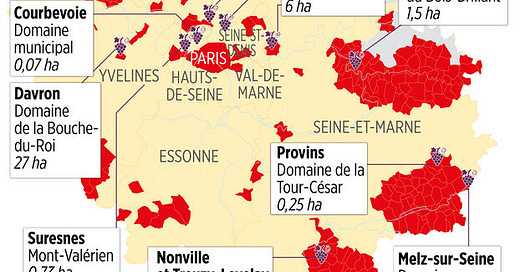




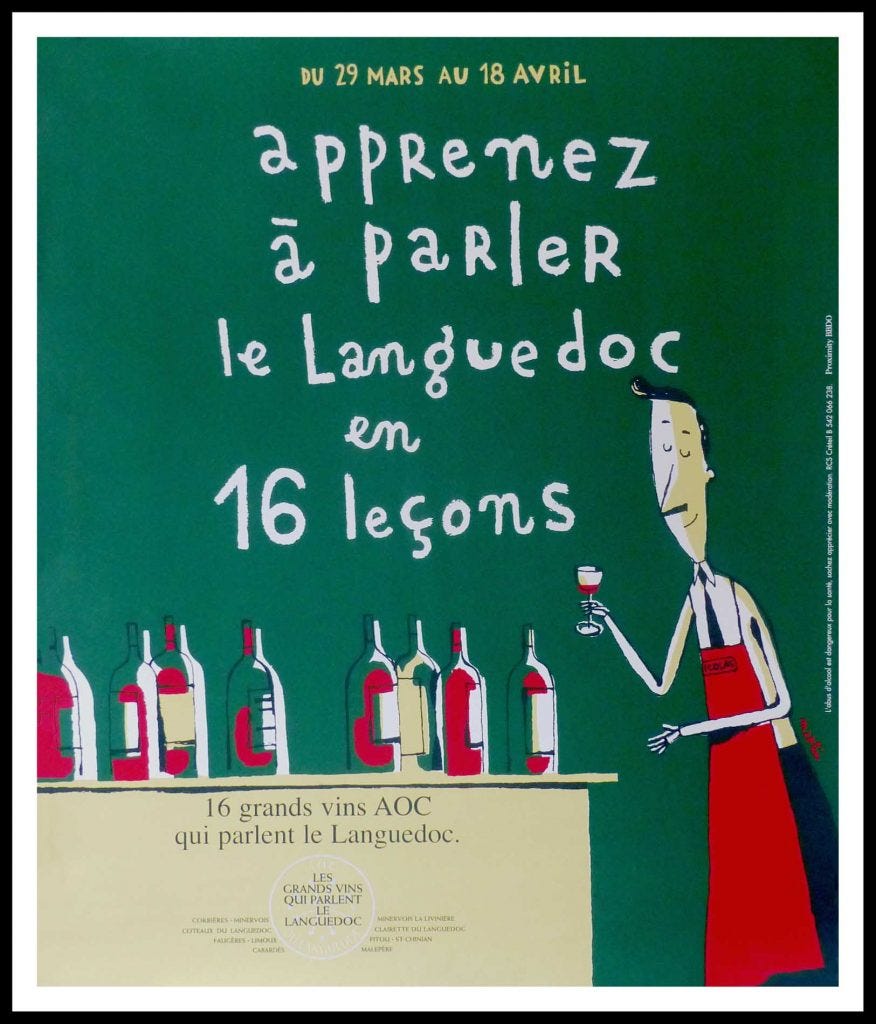
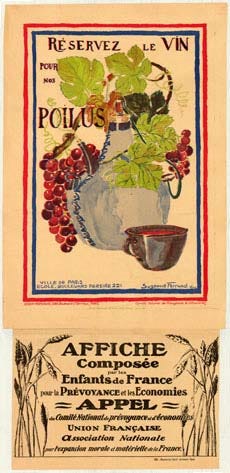

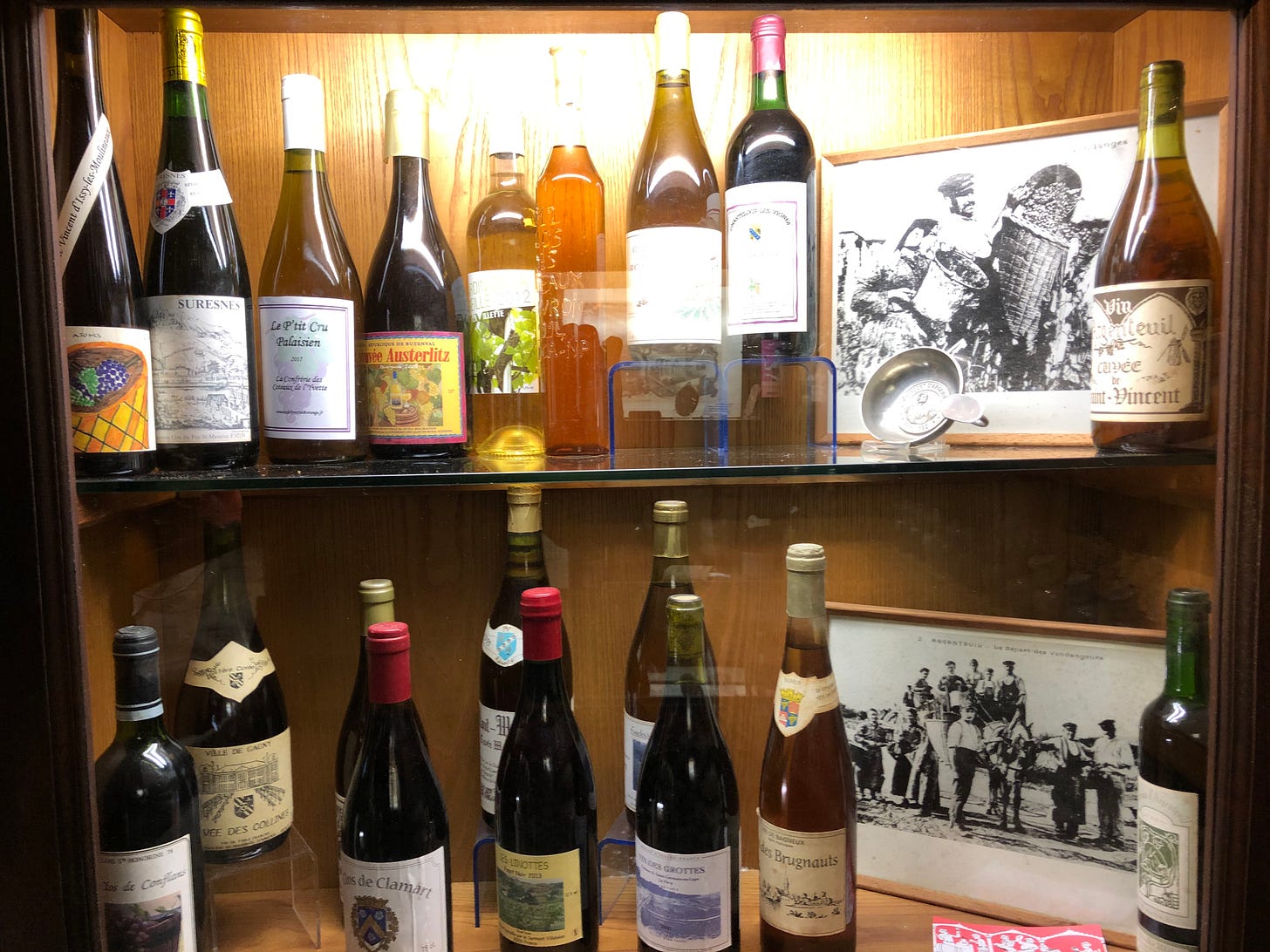
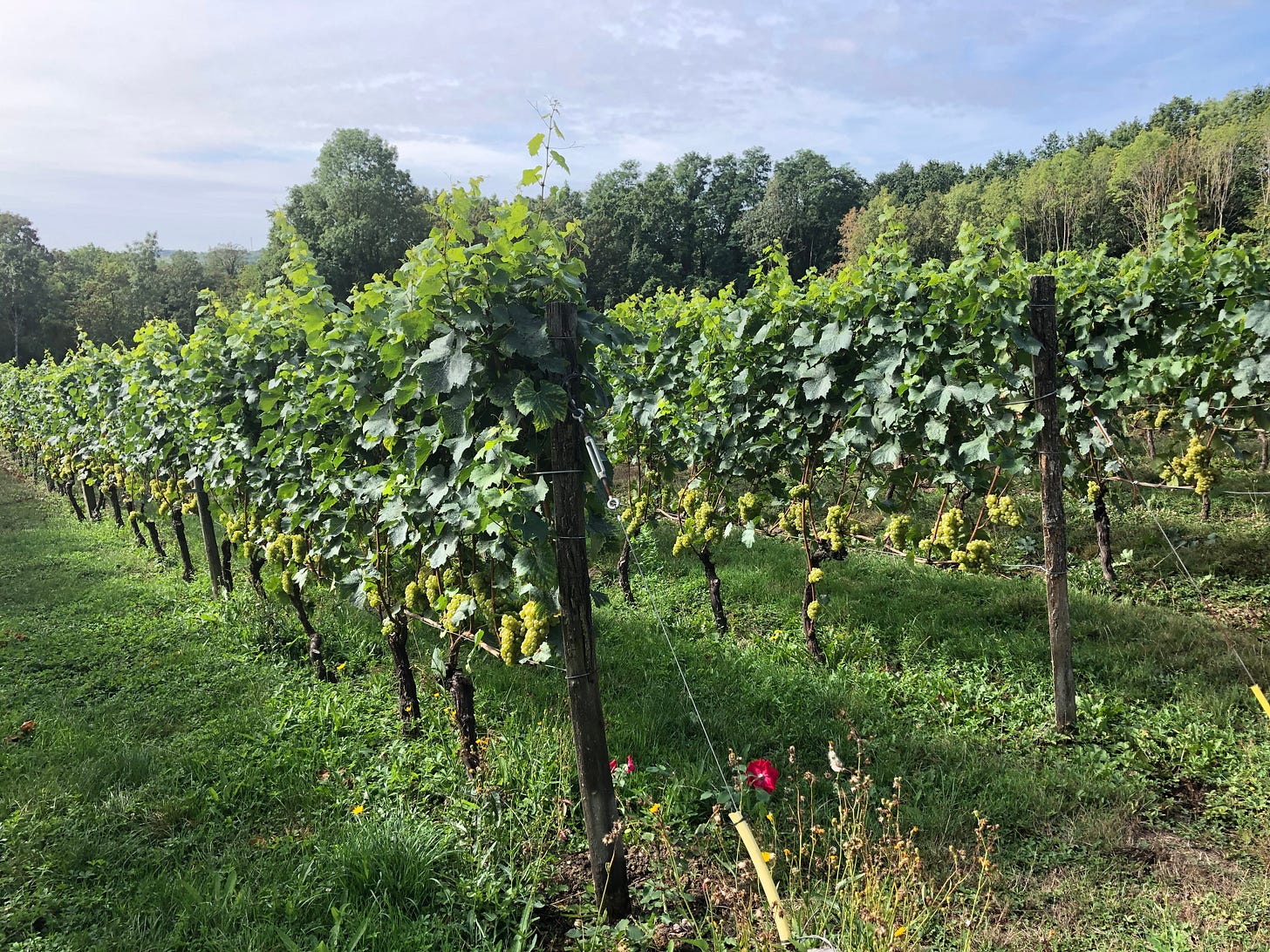
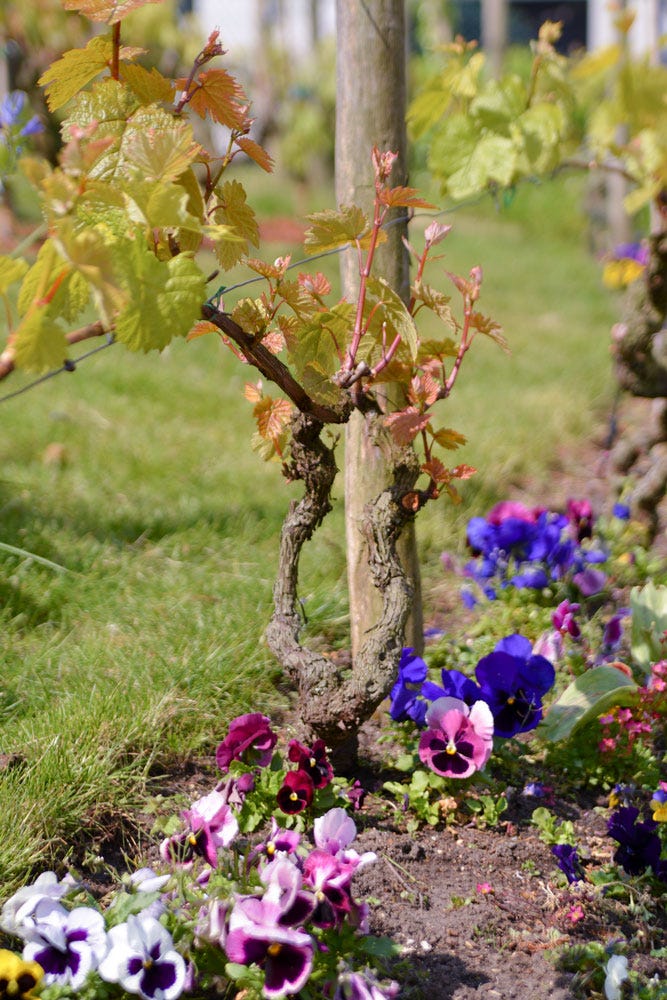
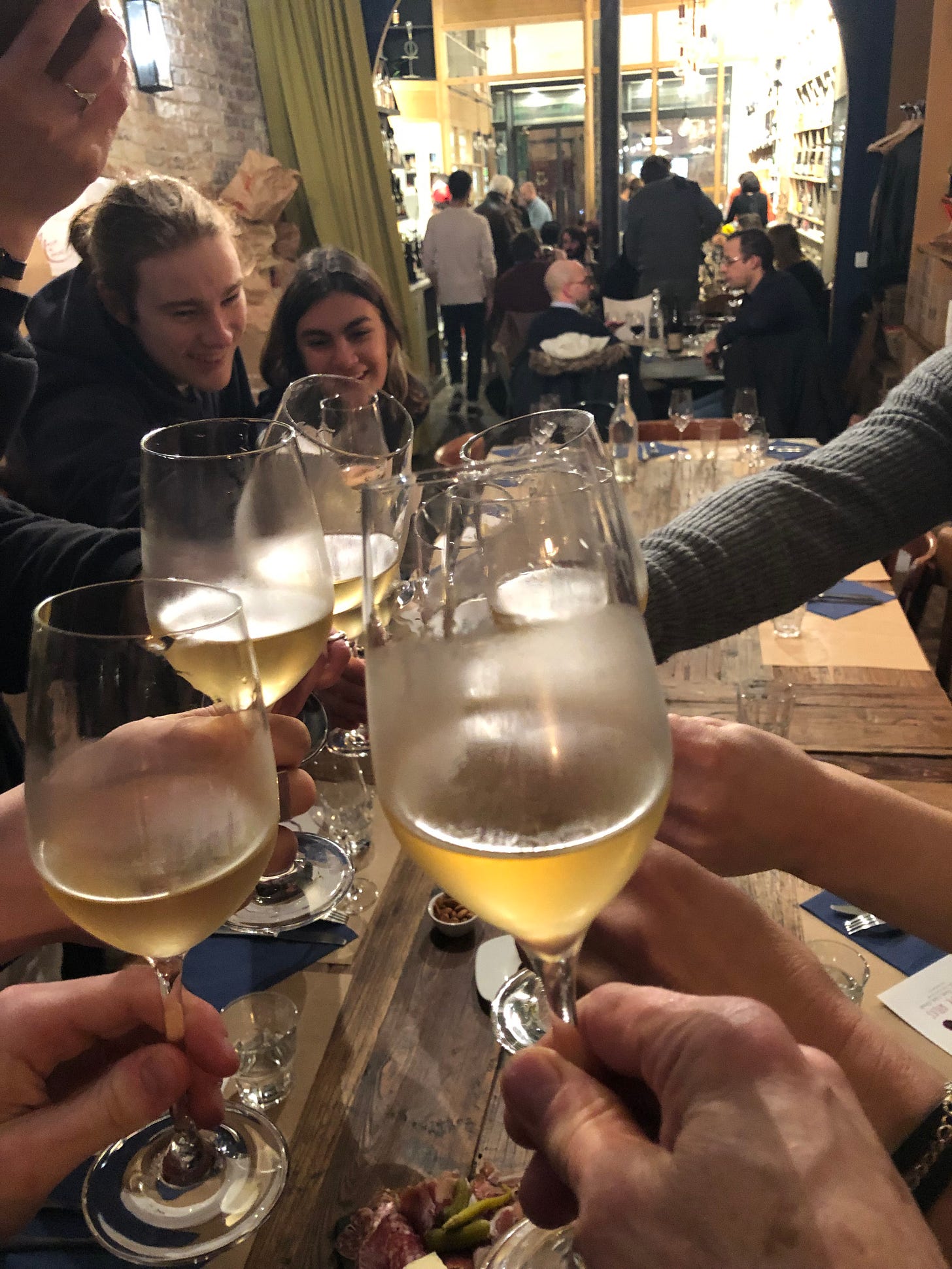
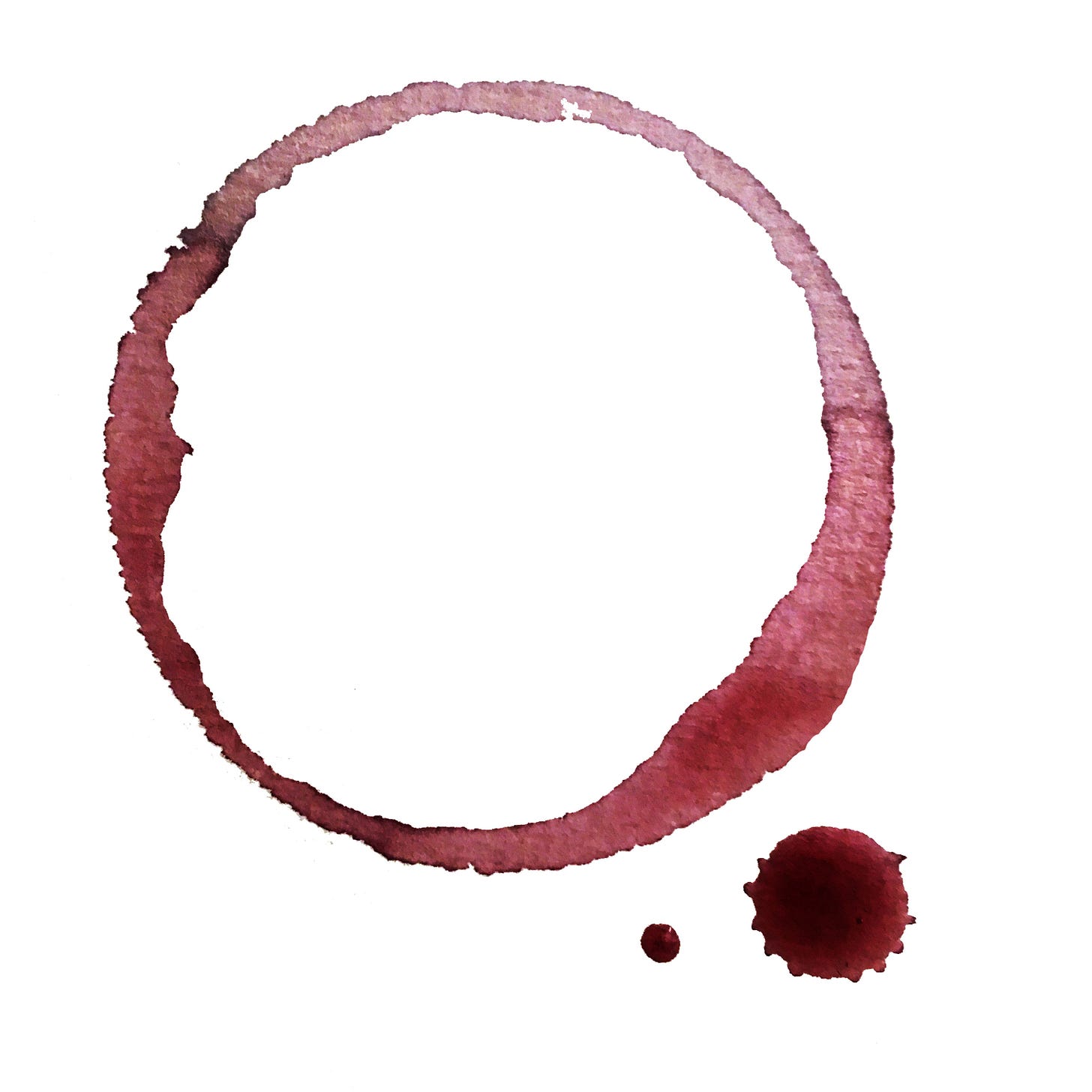
Excellent, informative article Mr. Finch!